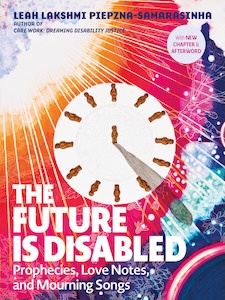“Disposable: America’s Contempt for the Underclass” by Sarah Jones
In the tradition of Matthew Desmond’s Evicted and Andrea Elliot’s Invisible Child, Disposable is a poignant exploration of America’s underclass, left vulnerable by systemic racism and capitalism. Here, Sarah Jones delves into the lives of the essential workers, seniors, and people with disabilities who were disproportionately affected by COVID-19—not due to their age or profession, but because of the systemic inequality and poverty that left them exposed.
The pandemic served as a stark revelation of the true state of America, a country where the dream of prosperity is a distant mirage for millions. Jones argues that the pandemic didn’t create these dynamics, but rather revealed the existing social mobility issues and wealth gap that have long plagued the nation. Behind the staggering death toll are stories of lives lost, injustices suffered, and institutions that failed to protect their people.
Jones brings these stories to the forefront, transforming the abstract concept of the pandemic into a deeply personal and political phenomenon. She argues that America has abandoned a sacrificial underclass of millions but insists that another future is possible. By addressing the pervasive issues of racial justice and public policy, Jones calls for a future where no one is seen as disposable again.
Review
This was a really good look at the various issues around COVID disparities and the vastly different outcomes because of race, disability and/or poverty. I felt like the author did a great job using various peoples’ stories to showcase all the different situations and outcomes. I also liked that the author discussed the issues with congregate settings and how people in those settings were basically doomed by COVID. There was a good focus on all kinds of congregate settings from people with Intellectual Disabilities in group homes, to elderly individuals in nursing homes to individuals in prisons and jails. There was also a good discussion about the way various jobs didn’t allow for any precautions to be taken and people were forced to work while sick or risk being fired because there’s no paid sick time for many.
There’s also the emphasis on how if you don’t have money or status and can’t work you’re not seeing as worthy. The rich and powerful only care about money and staying in power. The way things opened back up quickly just highlighted how much people cared more about the economy than people. I also liked the fact that the author didn’t shy away from saying that COVID is still a major problem and that people are still getting sick and dying from it. We never should have tried to return to normal because normal doesn’t exist anymore.
Book Details

- Author’s Website
- Sarah Jones (Blue Sky)
- Publisher / Date
- Avid Reader Press / Simon & Schuster, February 2025
- Genre
- Essay Collection, Disability, COVID
- Page Count
- 295
- Completion Date
- March 16, 2025
